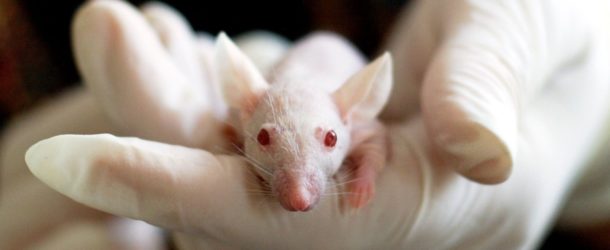Risk management and clinical evaluation; two important topics that are critical for the release of the medical device – no doubt about it. In this article I am bringing some facts about the relation between this two issues while focusing on the design phase and its relevancy to the risk management. But first as always let us toe the line regarding terms and definitions.
Risk management and clinical evaluation – Terms and definitions
Clinical evaluation is an assessment and analysis of clinical data referring to a medical device and is an ongoing process conducted throughout the life cycle of a medical device. The goal of clinical evaluation is to verify the clinical safety and performance of the device when used as intended by the manufacturer. This evaluation will demonstrate appropriate conformity with the relevant requirements covering safety and performance of the medical device. Among these conformities are the mitigation and elimination or removal of identified risks. Clinical Safety is regarded as the absence of unacceptable clinical risks, while using the device according to the manufacturer’s instructions for Use. During the design phase the clinical evaluation is performed for the first time as a conformity assessment process required before the marketing of the medical device. This evaluation then will be performed periodically as new clinical safety and performance information about the device throughout its different life cycle phases. The conclusion of the evaluation will be translated into information that will be used in an ongoing risk analysis and may result in changes to the instructions for Use.
Risk analysis is the systematic use of available information to identify hazards and to estimate identified risks. Clinical evaluation is one method for serving the risk analysis. Basically, a risk analysis is to be performed according to the defined method for every medical device or group of comparable medical devices that the manufacturer is intended to release. That leads us to the conclusion that the clinical evaluation is a part of the risk analysis.
Clinical Evaluation as an input for Risk Analysis
Clinical evaluation is to serve as input for the Risk Management System. Which elements are expected? The clinical evaluation shall be linked to the known risks that were already detected during the design phase (when clinical data is required to assess these risks and the implementation of the controls). Moreover, clinical evaluation is producing information regarding risks and risk benefits that are relevant to the use of the medical device and/or are required by regulatory authorities. This information will be delivered to them in accordance with local reporting requirements.
The methods for the clinical evaluation shall include applicable methods, whose outputs shall indicate level of acceptability concerning particular risks. In other words the outputs of the clinical evaluation must be used to assess the risks. It will be ineffective to deliver from the clinical evaluation data that cannot be used afterwards in the assessment of the relevant risk and the clinical data will demonstrate the performance and effectiveness of the implemented control.
Data of the clinical Evaluation
Data of the clinical evaluation shall be compared to known evident risks from medical devices already in use. In this case the direction of the data flow switches and the data of previous risk analysis becomes an input to the to the clinical evaluations. Which types of data are expected:
- Pre-market clinical investigations
- Clinical data generated from risk management activities
- Clinical data generated from Post Market Surveillance activities which are using clinical evaluations
- Relevant pre-clinical studies
This type of data is considered as quality records and shall be submitted to the controls as suggested in clause 4.2.5 Control of records, of the ISO 13485 Standard.
Literature as input for clinical evaluation
Literature for clinical evaluation may include applicable standards, guidance documents or directives, data that relate to benchmark devices, data of other similar devices, its components and information and data regarding the medical conditions and patient populations intended to use the medical device. Using literature for the clinical evaluation is done when the literature refers to an equivalent device. So when using the literature first you must prove the equivalency between the content and the type and nature of the medical device; its intended use, its different life-cycle phases, its type etc. This proof shall refer to the following elements:
- Description of the clinical background
- Identification of current knowledge and state of the art regarding this medical area
- Specification of the potential hazards that were identified in relation to all aspects of safety like the technology with which the medical device operates, the use of substances, manufacturing processes etc.
- Justification of the validity of criteria necessary to demonstrate the equivalency of the literature to the area of the medical device.
When defining the search criteria for literature for the support of the clinical evaluation the next inputs shall be considered:
- The criteria shall indicate whether a certain literature is adequate for the clinical evaluation or not
- The sources and the identification for the sources shall be defined.
- Credibility of the sources shall be evaluated.
- The process of search shall be planned and be supported with a search protocol.
- The process of search shall be documented on the search protocol.
- The criteria shall include verification that the found literature are adequate to the nature and type of the medical device.


Comments are closed.